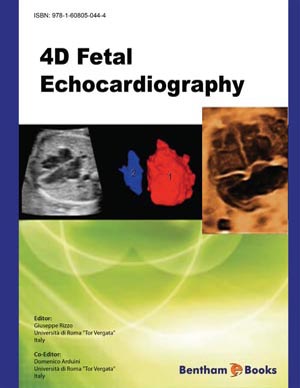Abstract
Despite the dramatic improvement in the quality of diagnostic ultrasound Congenital Heart Disease (CHD) are the most common and less frequently diagnosed prenatally anomalies. This is mainly secondary to the difficulties in training expert and dedicated sonographer in the study of fetal heart. Four dimensional (4D) sonography may overcome operator dependency allowing offline 4D examination of the fetal heart. This approach opens the possibility of performing a virtual echocardiography in fetuses at high risk or suspected to be affected by a CHD through networking capabilities. As a consequence virtual echocardiography may allow to extend the benefit of advanced of cardiac examination in patients followed in peripheral centers thus reducing the number of unnecessary referral to tertiary centers.
Keywords: Congenital Heart Disease, Screening, 4D Echocardiography, Spatiotemporal Image Correlation (stic), virtual Echocardiography. Virtual Reality.






















